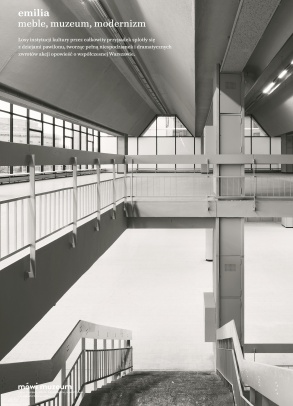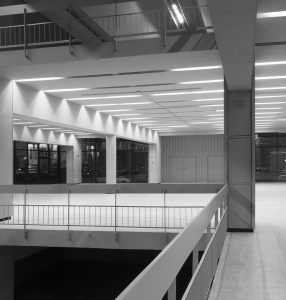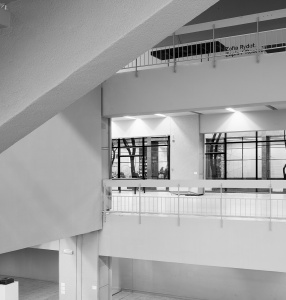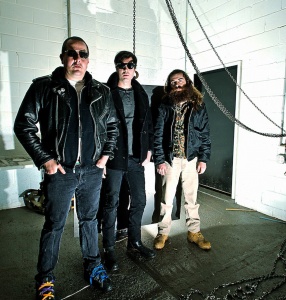Emilia: furniture, museum, modernism
Book Release
The Museum of Modern Art in Warsaw would like to invite you to a meeting promoting the book “Emilia: furniture, museum, modernism”.
Participants: Marcel Andino Velez, Błażej Brzostek, Tomasz Fudala and Maja Wirkus.
Between the skyscrapers on Warsaw's Emilii Plater street there is a two-story, glass pavilion with a distinctive, expressive zigzag roof. The Emilia Pavilion is well-known to communist-era movie fans (this is where the movie “I Hate Mondays” was set), contemporary art lovers and a growing number of modernist architecture enthusiasts. Opened in 1970, for years it was one of Warsaw's most popular furniture stores. In 2012 it became the temporary location of the Museum of Modern Art in Warsaw. As a museum, it hosted the massively popular Andrzej Wróblewski painting exhibition, but also a winter sports center with a wheeled sledding track, the Kwartesencja classical music festival, and avant-garde movie screenings, among other things.
It did great in all of those roles. It may seem small from the outside, but its spaciousness on the inside is surprising - it was designed to fit large displays, be it furniture or art. The Emilia Pavilion is one of the most interesting examples of post-war modernism and one of Warsaw's last remaining commercial pavilions from this era. Unfortunately, it is facing demolition.
The texts are accompanied by a wide selection of archival photographs and a photographic documentation prepared by the brilliant architecture photographer Maja Wirkus.
Texts:
Błażej Brzostek, Łukasz Bireta, Aleksandra Kędziorek, Cezary Lisowski, Marcel Andino Velez, discussion: Joanna Mytkowska, prof. Waldemar Baraniewski, Tomasz Fudala, Michał Krasucki.
Photography:
Maja Wirkus
Archival photographs, photographs taken by Museum visitors



